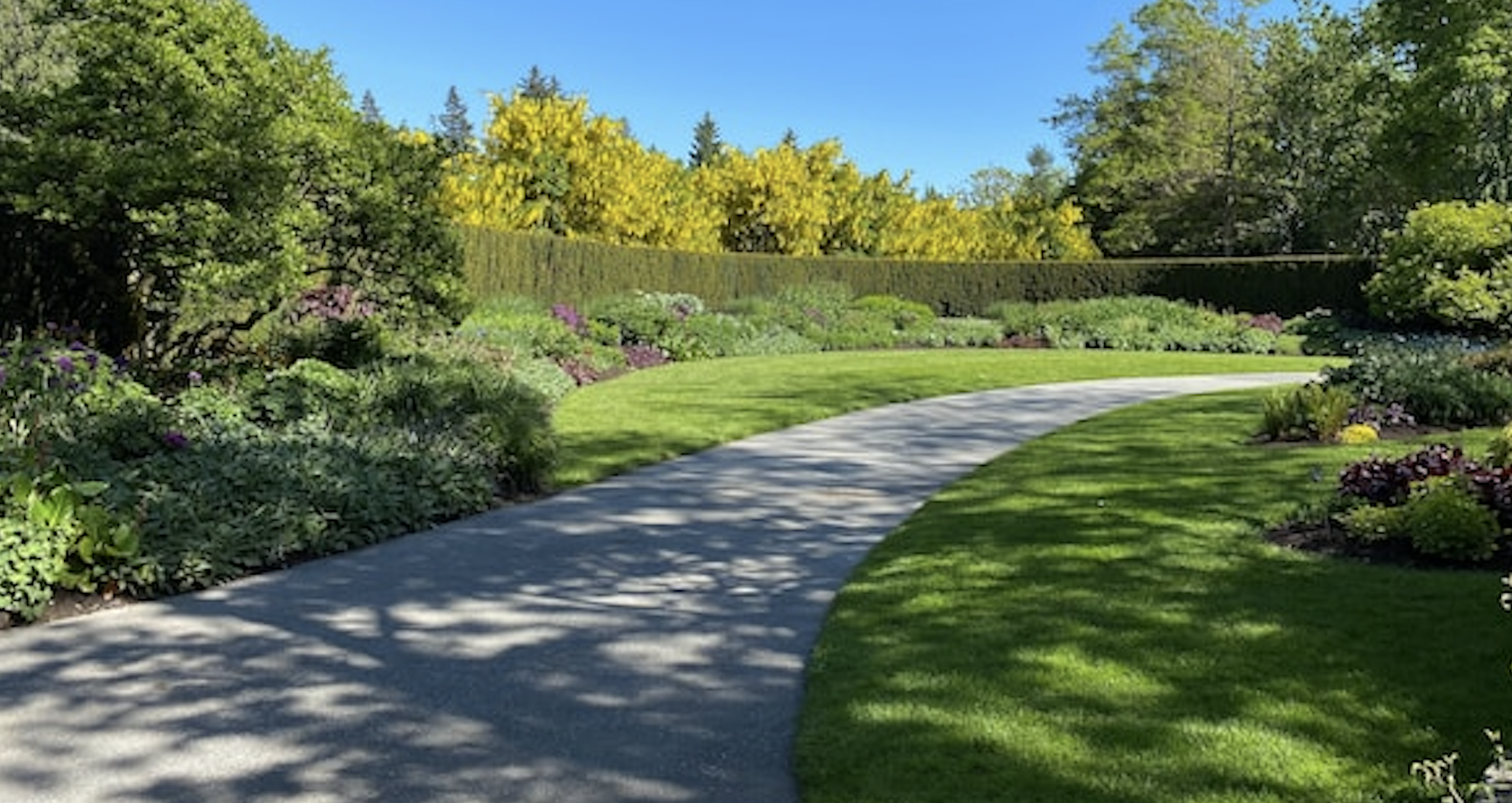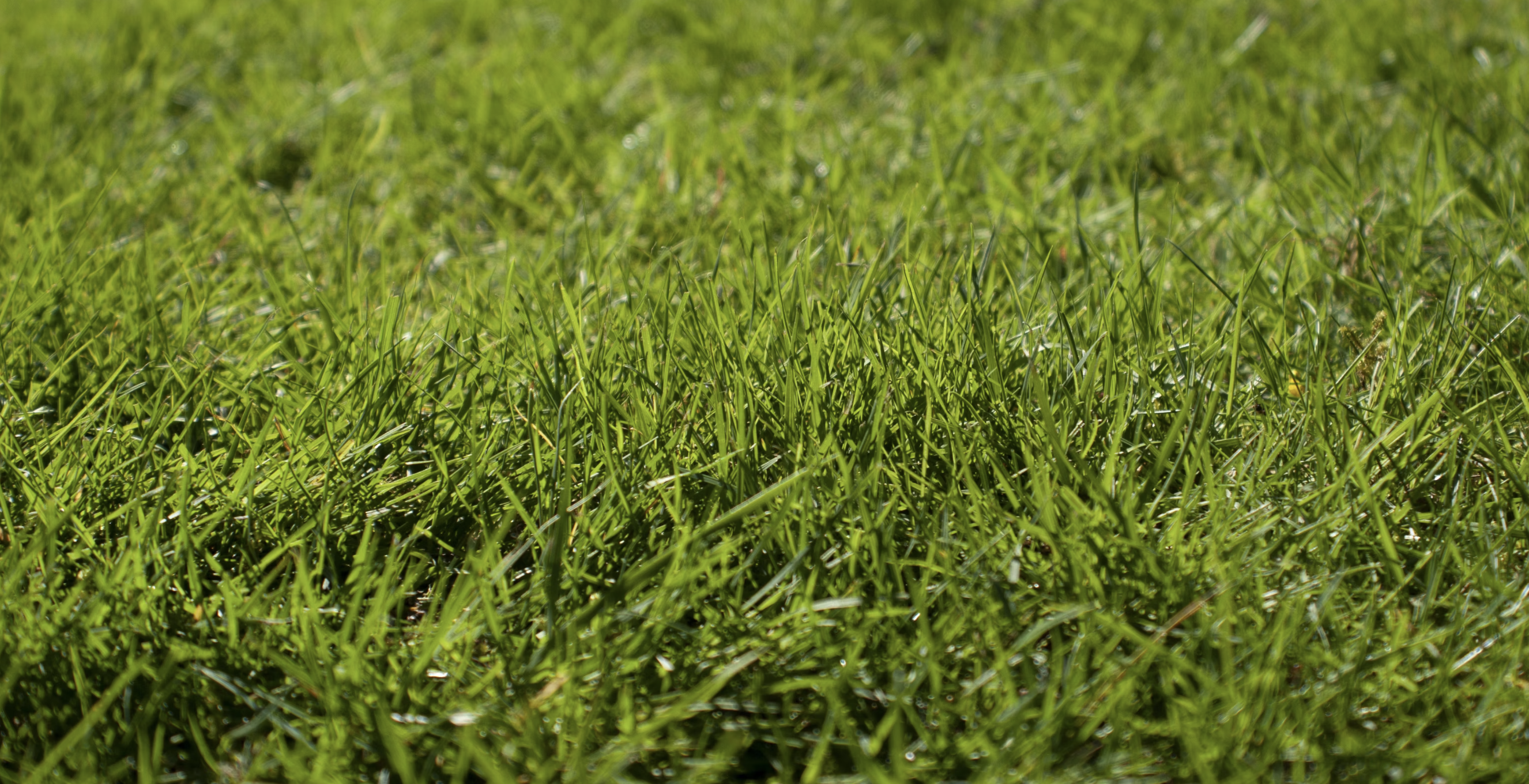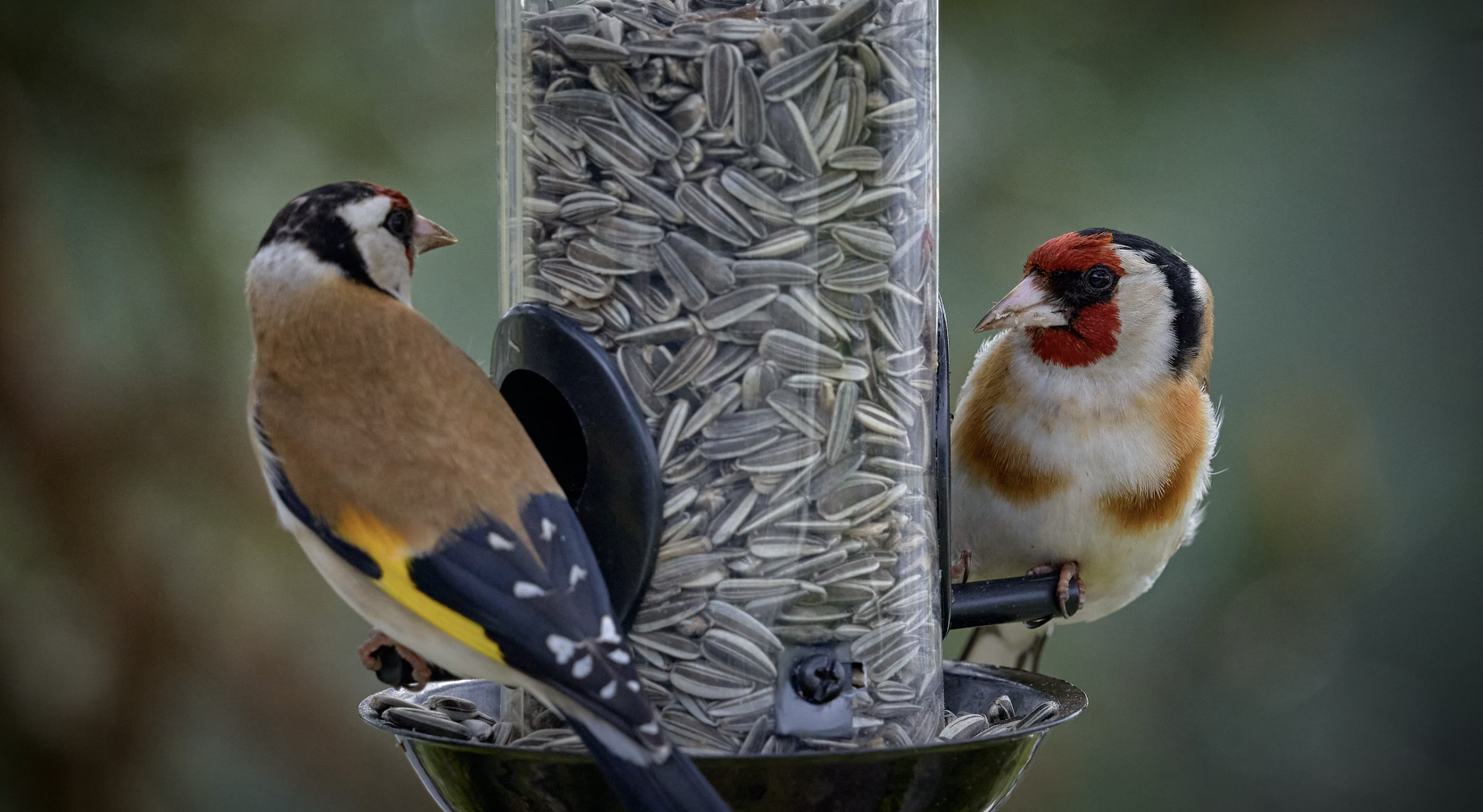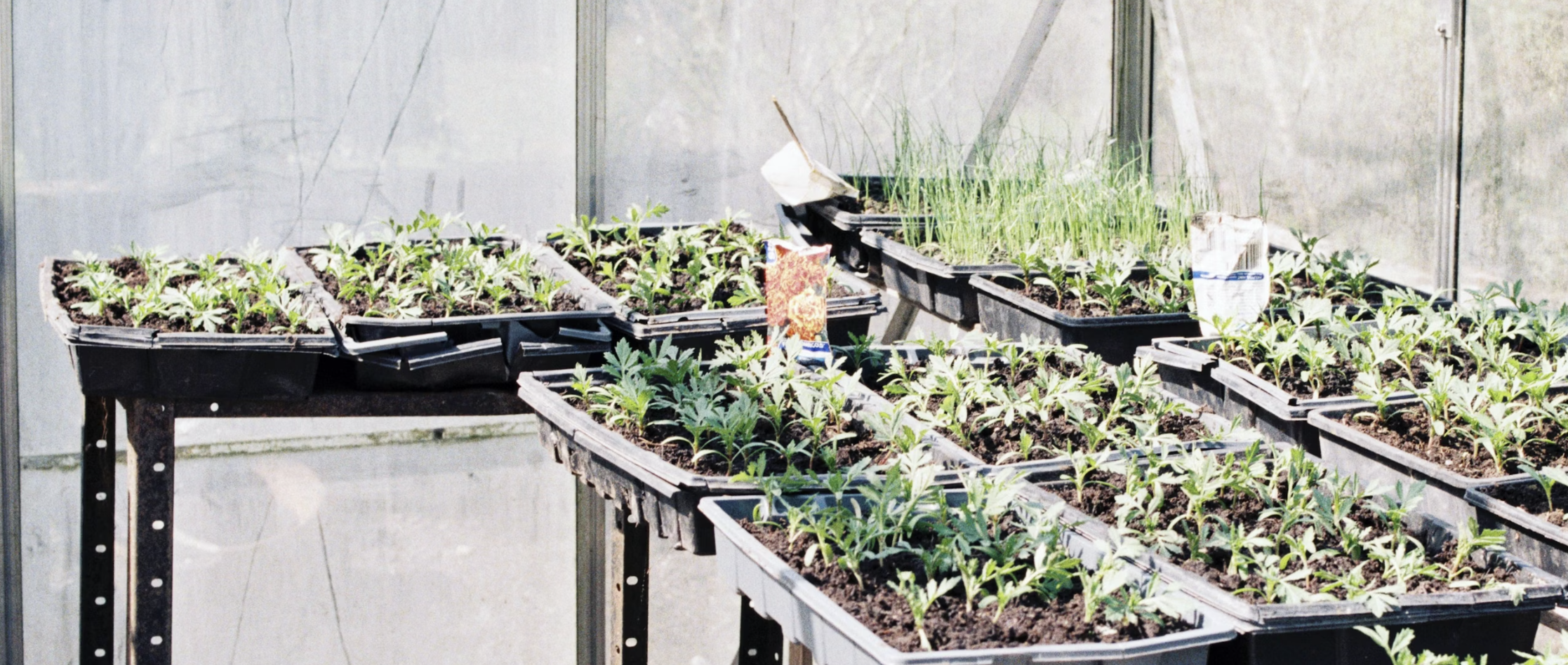
Are you tired of looking at a patchy, brown lawn every time you step outside? It's time to transform your yard from bare to beautiful with the best seed on the market. Achieving a lush and vibrant lawn is not as difficult as it may seem – all you need is the right seed and a little bit of know-how.
Finding the best seed for your lawn is the first step towards a green oasis. Whether you have a sunny yard or one that is shaded by trees, there is a seed variety that will thrive in your specific conditions. From Kentucky bluegrass to fescue, each type of grass has its own unique characteristics that make it ideal for certain environments. By selecting the right seed, you can ensure that your lawn not only survives, but thrives.
In this article, we'll dive into the world of lawn seed and guide you through the process of achieving a lush lawn. We'll explore different seed varieties, discuss the importance of soil preparation, and provide you with expert tips on proper seed planting and maintenance. Say goodbye to a lackluster lawn and hello to the beautiful green space you've always dreamed of.
Understanding different types of grass seed
A lush lawn not only enhances the beauty of your home but also provides numerous benefits for you and the environment. A well-maintained lawn can help improve air quality, reduce soil erosion, and provide a safe space for outdoor activities. Additionally, a healthy lawn can increase the value of your property and create a welcoming atmosphere for your family and guests.
Factors to consider when choosing the best seed for your lawn
When it comes to choosing the best seed for your lawn, it's essential to understand the different types of grass seed available. Each type of grass has its own unique characteristics and requirements, so selecting the right seed is crucial for achieving a lush lawn.
1. Kentucky Bluegrass: Known for its beautiful dark green color and dense growth, Kentucky Bluegrass is a popular choice for homeowners who desire a visually appealing lawn. It thrives in cool-season regions and requires regular watering and maintenance to stay healthy.
2. Bermuda Grass: If you live in a warm and sunny climate, Bermuda grass may be the perfect choice for your lawn. It is drought-tolerant and can withstand heavy foot traffic, making it ideal for families with children or pets.
3. Fescue Grass: Fescue grass is known for its ability to grow well in both sun and shade. It requires less water than other grass types and is low-maintenance, making it a popular choice for homeowners who want a beautiful lawn without excessive upkeep.
Preparing your lawn for seeding
Selecting the best seed for your lawn involves considering several factors to ensure optimal growth and health. Here are some important factors to keep in mind when choosing the right seed for your lawn:
1. Climate: Different grass species thrive in different climates. Consider the temperature, rainfall, and seasonal variations in your region to determine the best grass type for your lawn.
2. Sunlight: The amount of sunlight your lawn receives plays a significant role in determining which grass seed will thrive. Some grasses are more shade-tolerant, while others require full sun exposure to grow properly.
3. Soil Type: The composition of your soil, including its pH level and fertility, can impact the success of your lawn. Conduct a soil test to determine the nutrient levels and make any necessary amendments before planting your seed.
4. Lawn Usage: Consider how you plan to use your lawn. If you have children or pets who will be playing on the grass frequently, choose a seed that is durable and can withstand heavy foot traffic.
How to properly sow grass seed
Proper soil preparation is crucial for the success of your lawn. Before sowing your grass seed, take the following steps to ensure a suitable environment for germination and growth:
1. Remove Debris: Clear your lawn of any debris, such as rocks, sticks, or dead grass. This will create a clean surface for your new seed to take root.
2. Weed Control: Eliminate any existing weeds by using a weed killer or manually pulling them out. Weeds can compete with your new grass seed for nutrients and sunlight, hindering its growth.
3. Aeration: If your soil is compacted, consider aerating it to improve water and air circulation. This will help the grass roots penetrate the soil more easily.
4. Soil Amendments: Based on the results of your soil test, add any necessary amendments, such as lime or fertilizer, to create an optimal growing environment for your grass seed.
Caring for newly seeded lawns
The process of sowing grass seed requires careful attention to detail to ensure even coverage and proper germination. Follow these steps to achieve the best results:
1. Measure Your Lawn: Determine the total square footage of your lawn to calculate the amount of seed you will need. Refer to the instructions on the seed packaging for recommended seeding rates.
2. Seed Spreading: Use a broadcast spreader or a handheld spreader to evenly distribute the seed across your lawn. Start by sowing the seed in one direction and then cross over in the opposite direction for complete coverage.
3. Raking: After spreading the seed, lightly rake the surface of the soil to ensure good seed-to-soil contact. This will help the seed germinate more effectively.
4. Watering: Water your newly seeded lawn immediately after sowing to ensure the seed makes good contact with the soil. Keep the soil consistently moist to promote germination, but avoid overwatering as it can lead to fungal diseases.
Common mistakes to avoid when seeding a lawn
After sowing your grass seed, proper care is essential to encourage healthy growth and establishment. Follow these tips to care for your newly seeded lawn:
1. Watering: Keep the soil consistently moist by watering lightly several times a day. Avoid heavy watering, as it can wash away the seed or cause soil erosion.
2. Mowing: Wait until the grass reaches a height of approximately 3 inches before mowing for the first time. Set your mower to a high setting and only remove the top one-third of the grass blades.
3. Fertilization: Apply a slow-release fertilizer according to the instructions provided by the manufacturer. This will provide the necessary nutrients for your grass to grow strong and healthy.
4. Weed Control: Monitor your lawn for any weed growth and remove them manually or use a selective herbicide that is safe for newly seeded lawns.
Top-rated grass seed brands and their reviews
Seeding a lawn requires attention to detail and proper technique. Avoid these common mistakes to ensure successful seed germination and establishment:
1. Over-Seeding: Applying too much seed can lead to overcrowding, competition for resources, and poor germination. Follow the recommended seeding rates provided by the seed manufacturer.
2. Poor Timing: Planting grass seed at the wrong time of year can result in poor germination or seedling death. Research the optimal time to seed based on your grass type and local climate.
3. Improper Watering: Inconsistent or excessive watering can hinder seed germination and promote weed growth. Follow a regular watering schedule and adjust it based on weather conditions.
4. Neglecting Soil Preparation: Failing to prepare the soil adequately can lead to poor seed-to-soil contact and hinder germination. Take the time to remove debris, control weeds, and amend the soil if necessary.
Alternative methods for achieving a lush lawn
Choosing the right grass seed brand can make a significant difference in the success of your lawn. Here are some top-rated grass seed brands and their reviews:
1. Scotts Turf Builder: Known for its high-quality seed blends and reliable performance, Scotts Turf Builder is a popular choice among homeowners. Their grass seed varieties are designed to thrive in different conditions and offer excellent germination rates.
2. Pennington Smart Seed: Pennington Smart Seed is known for its advanced technology, which helps create drought-resistant and disease-resistant lawns. Their seed varieties are specifically formulated for different regions and provide excellent coverage.
3. Jonathan Green: Jonathan Green offers a wide range of grass seed blends that are designed for specific climates and conditions. Their high-quality seed varieties are known for their durability and ability to withstand harsh weather.
Conclusion
While seeding is the most common method for achieving a lush lawn, there are alternative methods you can consider:
1. Sodding: Sodding involves laying down pre-grown grass patches on your lawn. This method provides instant results but can be more expensive than seeding.
2. Hydroseeding: Hydroseeding is a process that involves spraying a mixture of grass seed, mulch, fertilizer, and water onto the soil. This method promotes rapid germination and is commonly used for large areas.
















